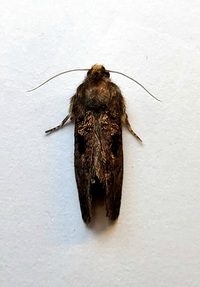
| Recorded by: Mark Basinger on 2025-10-23
Wilson Co.
Comment: | 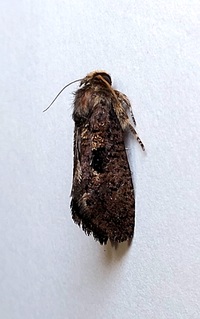
| Recorded by: Mark Basinger on 2025-10-23
Wilson Co.
Comment: |
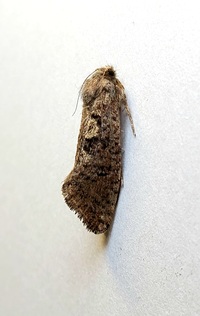
| Recorded by: Mark Basinger on 2025-10-21
Wilson Co.
Comment: | 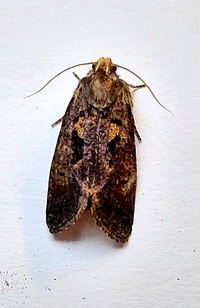
| Recorded by: Mark Basinger on 2025-10-21
Wilson Co.
Comment: |

| Recorded by: Mark Basinger on 2025-10-21
Wilson Co.
Comment: | 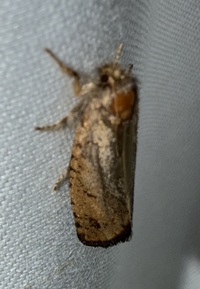
| Recorded by: Marilyn Westph@ret.unca.edu on 2025-10-18
Henderson Co.
Comment: |

| Recorded by: Mark Basinger on 2025-10-18
Wilson Co.
Comment: | 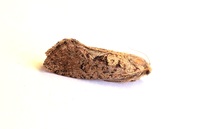
| Recorded by: Mark Basinger on 2025-10-18
Wilson Co.
Comment: |

| Recorded by: Jim Petranka, Mark Basinger and Becky Elkin on 2025-10-17
Madison Co.
Comment: | 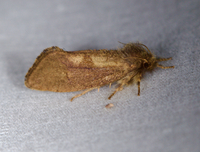
| Recorded by: Jim Petranka on 2025-10-13
Madison Co.
Comment: |
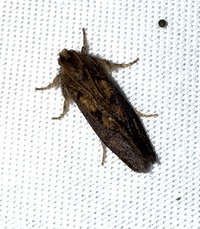
| Recorded by: Marilyn Westphal on 2025-10-12
Henderson Co.
Comment: | 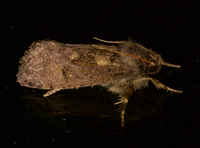
| Recorded by: Jim Petranka on 2025-10-12
Madison Co.
Comment: |
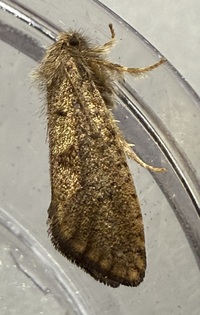
| Recorded by: Nora Murdock on 2025-10-08
Henderson Co.
Comment: | 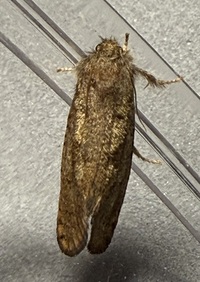
| Recorded by: Nora Murdock on 2025-10-08
Henderson Co.
Comment: |
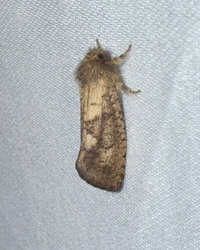
| Recorded by: Marilyn Westphal on 2025-10-08
Henderson Co.
Comment: | 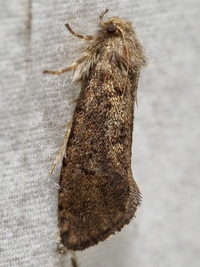
| Recorded by: Merrill Lynch on 2025-10-08
Watauga Co.
Comment: |

| Recorded by: Merrill Lynch on 2025-10-08
Watauga Co.
Comment: | 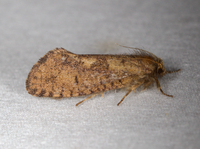
| Recorded by: Jim Petranka on 2025-10-06
Madison Co.
Comment: |

| Recorded by: Marilyn Westphal on 2025-10-01
Henderson Co.
Comment: | 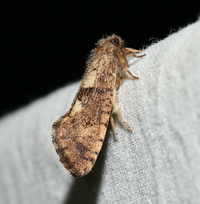
| Recorded by: David George, Rich Teper on 2024-11-05
Chatham Co.
Comment: |

| Recorded by: John Petranka on 2024-10-30
Orange Co.
Comment: | 
| Recorded by: Owen McConnell on 2024-10-14
Graham Co.
Comment: |
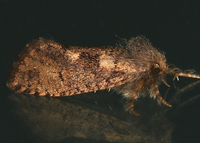
| Recorded by: Jim Petranka on 2024-10-06
Madison Co.
Comment: | 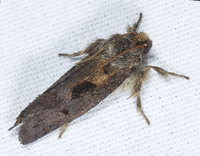
| Recorded by: John Petranka on 2024-10-06
Orange Co.
Comment: |
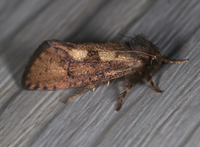
| Recorded by: Jim Petranka on 2023-10-28
Madison Co.
Comment: | 
| Recorded by: Owen McConnell on 2023-10-06
Graham Co.
Comment: |
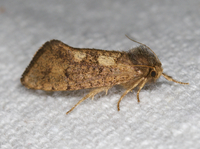
| Recorded by: Jim Petranka on 2022-11-06
Madison Co.
Comment: | 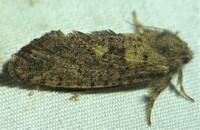
| Recorded by: Dean Furbish on 2022-11-06
Wake Co.
Comment: |

| Recorded by: Dean Furbish on 2022-11-06
Wake Co.
Comment: | 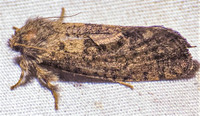
| Recorded by: Dean Furbish on 2022-11-06
Wake Co.
Comment: |
|

 »
»
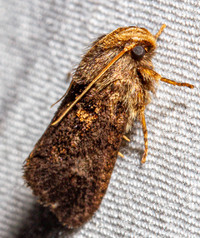

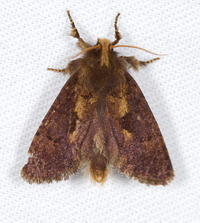

 »
»


